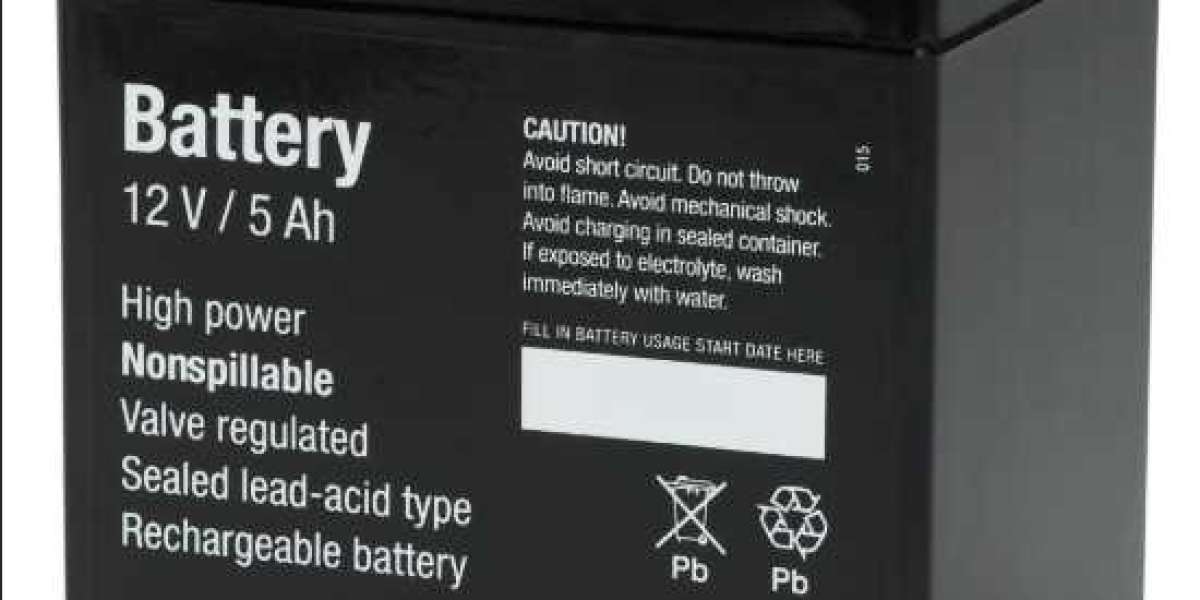In today’s fast-paced world of technological advancements, it’s easy to overlook the role of traditional innovations that continue to serve us reliably. One such innovation is the lead-acid battery—a time-tested energy solution that has powered everything from cars and forklifts to solar systems and emergency backup setups for over 150 years. One of the key reasons behind its enduring popularity is its affordability. In fact, when evaluating energy storage options, the lead acid battery cost often makes it the go-to choice for budget-conscious consumers and industries alike.
Despite the buzz around lithium-ion and other modern batteries, lead-acid batteries maintain a strong presence in the market for good reason. In this article, we’ll explore how they work, where they’re used, their pros and cons, and why they continue to be relevant even in today’s tech-savvy age.
A Look Back: The Legacy of Lead-Acid Technology
Invented in 1859 by French physicist Gaston Planté, the lead-acid battery was the first rechargeable battery ever developed. Since then, it has seen countless improvements while retaining its basic electrochemical principle. Its simplicity, low production cost, and effectiveness in delivering high power output made it an essential component in early automotive and industrial applications—a status it still holds.
How a Lead-Acid Battery Works
The lead-acid battery operates on a relatively simple chemical reaction. It consists of two electrodes—a positive plate made of lead dioxide and a negative plate made of sponge lead—immersed in a sulfuric acid solution, which serves as the electrolyte. During discharge, a chemical reaction produces electricity as both plates are converted to lead sulfate. When recharged, the reaction is reversed, restoring the original materials.
This reversibility is what makes lead-acid batteries rechargeable, allowing them to deliver consistent performance over multiple cycles—an essential trait for applications requiring long-term reliability.
Why Lead-Acid Batteries Still Matter
In an age of rapid battery innovation, the question arises: Why are lead-acid batteries still in demand? The answer lies in their unique set of advantages:
Affordability: One of the lowest cost-per-watt-hour battery types available, making them ideal for large-scale and budget-sensitive applications.
Mature Technology: Decades of development have made lead-acid batteries highly reliable and easy to manufacture.
High Surge Current Capability: Perfect for starting engines or supporting sudden power loads.
Recyclability: Over 95% of a lead-acid battery is recyclable, making it a sustainable option compared to many newer batteries.
These features make lead-acid batteries a favorite for industries such as automotive, telecommunications, solar energy storage, and backup power systems.
Common Applications of Lead-Acid Batteries
Lead-acid batteries are incredibly versatile. Here’s how and where they are commonly used:
Automobiles: They are the standard battery type for internal combustion engine vehicles, powering starter motors, lights, and other electronics.
Solar Power Systems: Deep-cycle lead-acid batteries store solar energy for off-grid homes and backup systems.
UPS Systems: Uninterruptible power supplies for homes, businesses, and data centers often rely on them for emergency backup.
Electric Vehicles and Carts: While being phased out in favor of lithium-ion in some cases, lead-acid remains common in certain utility and budget vehicles.
Industrial Use: Forklifts, floor scrubbers, and heavy machinery often depend on lead-acid batteries for consistent, long-term power.
The Real Cost of Lead-Acid Batteries
While newer battery types might offer better performance on some fronts, they often come with a significantly higher price tag. The lead acid battery cost remains one of its strongest selling points. For users who prioritize budget without compromising on dependability, lead-acid is often the smarter choice.
Costs vary depending on battery size, type (flooded vs. sealed), and application, but even the higher-end models typically cost less than equivalent lithium-ion options. Moreover, maintenance for flooded lead-acid batteries is relatively inexpensive, involving simple tasks like topping off electrolyte levels and keeping terminals clean.
Maintenance and Lifespan
Like any battery, lead-acid types require proper maintenance for optimal performance. For flooded batteries, regular checks on fluid levels and occasional cleaning of terminals are essential. Sealed types (like AGM and Gel) are maintenance-free but slightly more expensive.
A well-maintained lead-acid battery can last anywhere from 3 to 6 years, with some deep-cycle variants exceeding this under optimal conditions. The key is proper charging—overcharging or leaving the battery undercharged for long periods can significantly reduce lifespan.
Environmental Impact and Sustainability
Lead-acid batteries are one of the most recycled products in the world. The lead, plastic casing, and even the acid can be reused in the manufacturing of new batteries, reducing environmental impact and conserving resources. This robust recycling infrastructure makes lead-acid batteries a more sustainable option than many newer technologies, which still face challenges in safe disposal and material recovery.
Challenges and Limitations
While there are many positives, it's important to acknowledge the limitations of lead-acid batteries:
Heavy and Bulky: Not ideal for applications where weight and size matter.
Lower Energy Density: They store less energy per kilogram compared to lithium-based alternatives.
Shorter Cycle Life: While reliable, they generally don’t last as many charge/discharge cycles as modern batteries.
Despite these drawbacks, for many users, especially those focused on upfront costs and sustainability, these limitations are a small trade-off.
Conclusion: A Legacy That Lives On
The lead-acid battery may be one of the oldest battery technologies, but it remains a vital part of modern life. Its blend of affordability, reliability, and sustainability continues to make it a strong choice for a wide range of applications. As long as users seek dependable energy at a reasonable price, lead-acid batteries will remain a cornerstone of the global power ecosystem.











